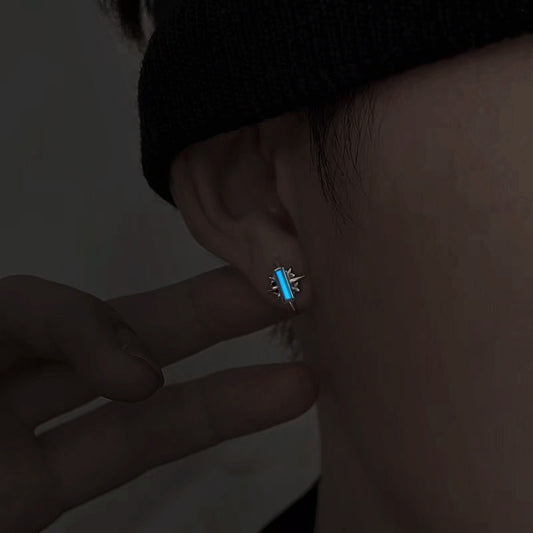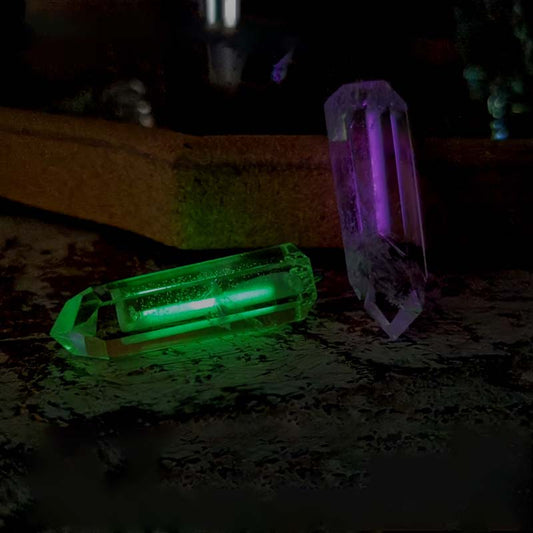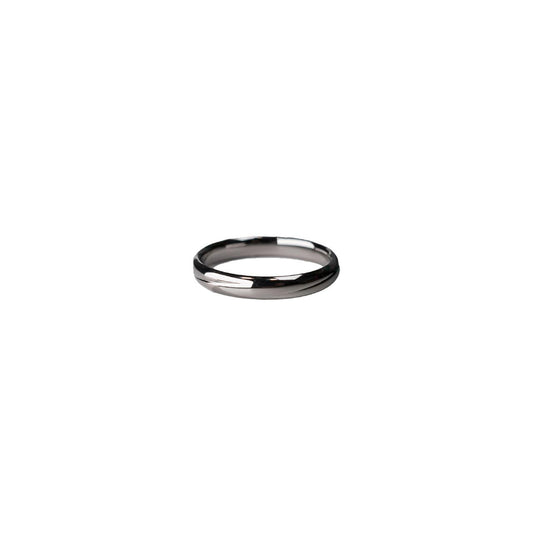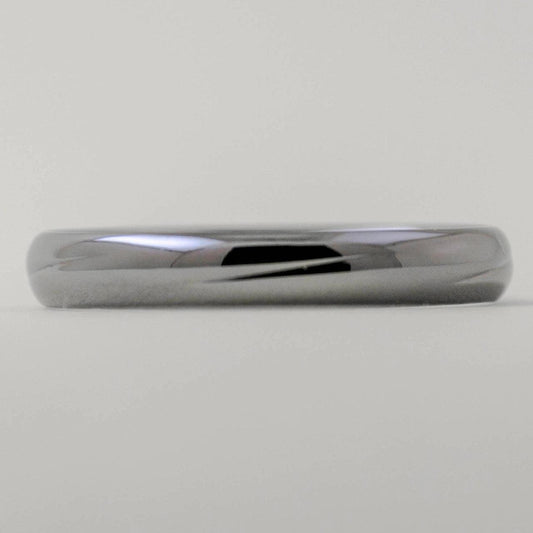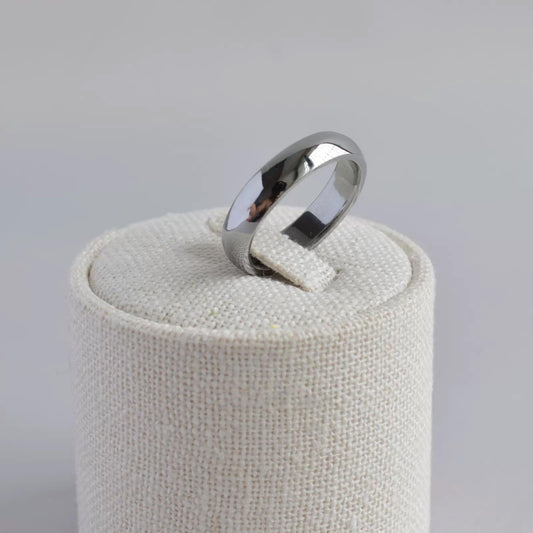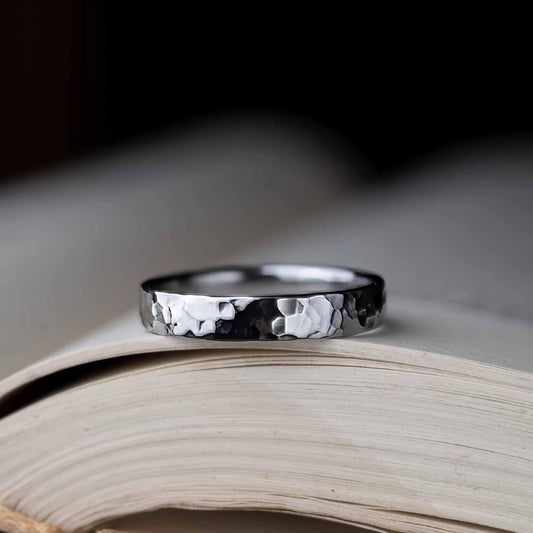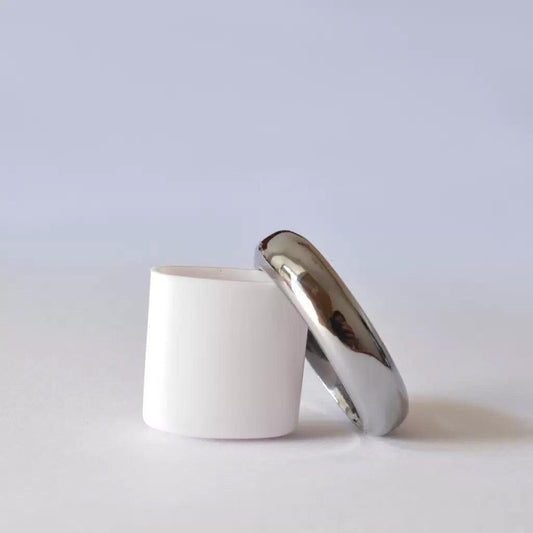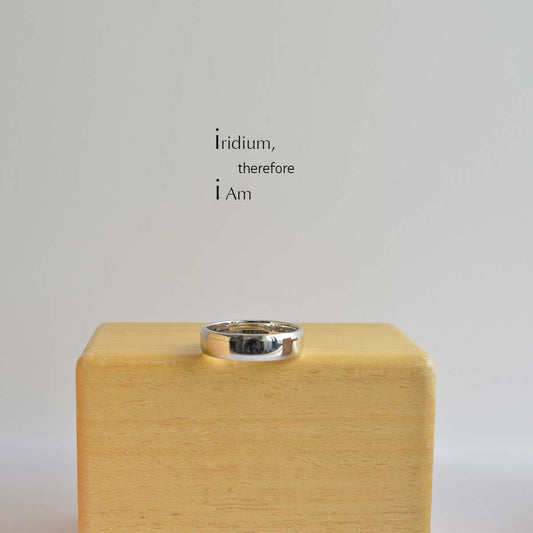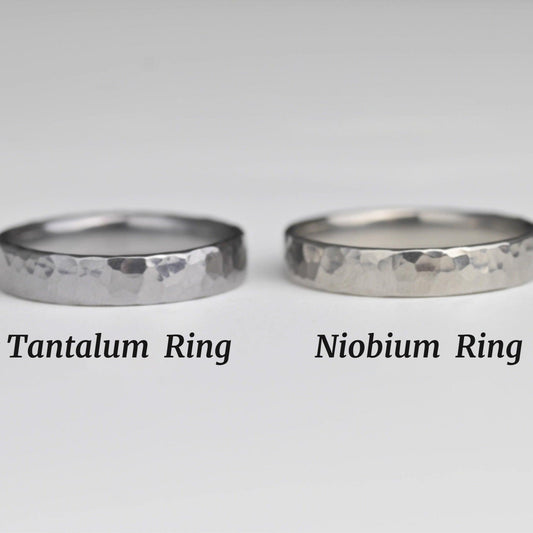Navigating the Western Tradition of Wedding and Engagement Ring Placement
Navigating the Western Tradition of Wedding and Engagement Ring Placement
When my older cousin got engaged, I vividly remember her displaying the ring on her left hand with a sparkle in her eye, a tradition I’d come to recognize as standard in our Western culture. Yet, I couldn’t help but wonder: why the left hand, and how does it coexist with the wedding ring afterward? These musings led me to look into the interplay between wedding and engagement ring placements, a topic rich with cultural history and modern nuances.
In Western countries like the United States, Canada, the U.K., and many parts of Europe, the engagement ring is traditionally placed on the ring finger of the left hand. This practice has roots in an old belief from Roman times, wherein it was thought that a vein, charmingly dubbed the "vena amoris" or "vein of love," ran directly from this finger to the heart. When you stop to think about it, the symbolism aligns beautifully with the sentiments of tying one's heart to another's.
But what happens after the vows are exchanged? While some opt to simply stack their wedding band underneath their engagement ring on the same finger, others choose a different approach. A dear friend of mine, a proud non-traditionalist, decided to wear her wedding band on her right hand. She cherished her engagement ring and didn't want it overshadowed by another ring. This decision gave her rings their separate but equally significant spaces, a testament to her personal style and the dynamic of her relationship.
The material of the rings can sometimes play a role in these decisions as well. Platinum and white gold are popular choices for their durability and luster, allowing rings to withstand the test of time and everyday wear without losing their shine. Rose gold, with its romantic hue, has garnered affection for its unique aesthetic, particularly among those who seek a softer, vintage-inspired touch. Each material can subtly influence how the rings complement each other when worn together or apart.
From a broader perspective, mixing and matching ring placements—and even styles—can reflect an individual's journey and personal expression. There’s an increasing trend toward customizing the experience to meet one's own emotional and aesthetic desires. My cousin, the one I mentioned earlier, eventually added a minimalist silver band to her ring, one that her partner bought her during a trip to Norway. This simple addition transformed her ring into an ever-evolving narrative of shared memories and unique tastes.
Ultimately, while tradition provides a comforting guide, the way we choose to wear our rings is a deeply personal decision. It should be as much about honoring one's unique story as it is about adhering to conventions. Whether you follow tradition or carve your own path, what matters most is the love and commitment those rings symbolize. It’s okay to get it "wrong" to others, as long as it feels right to you.



